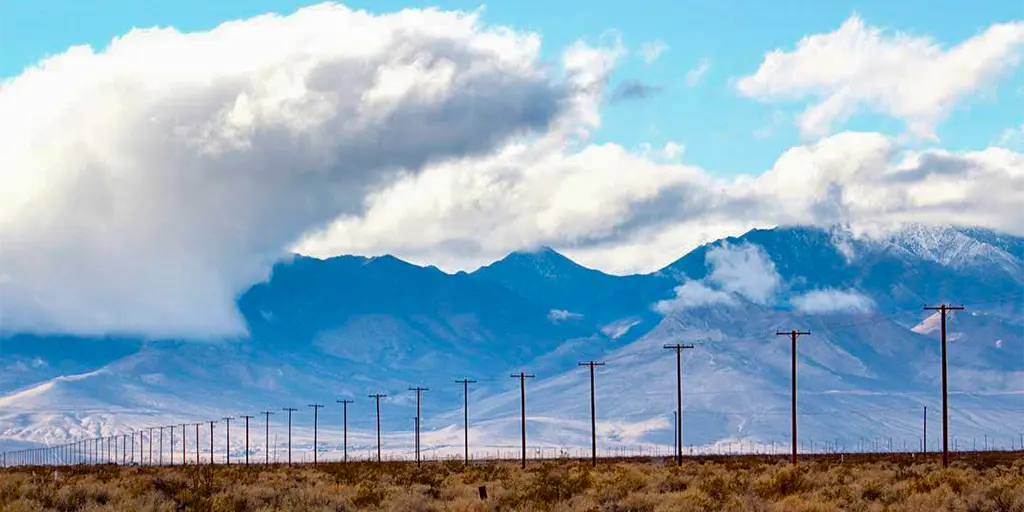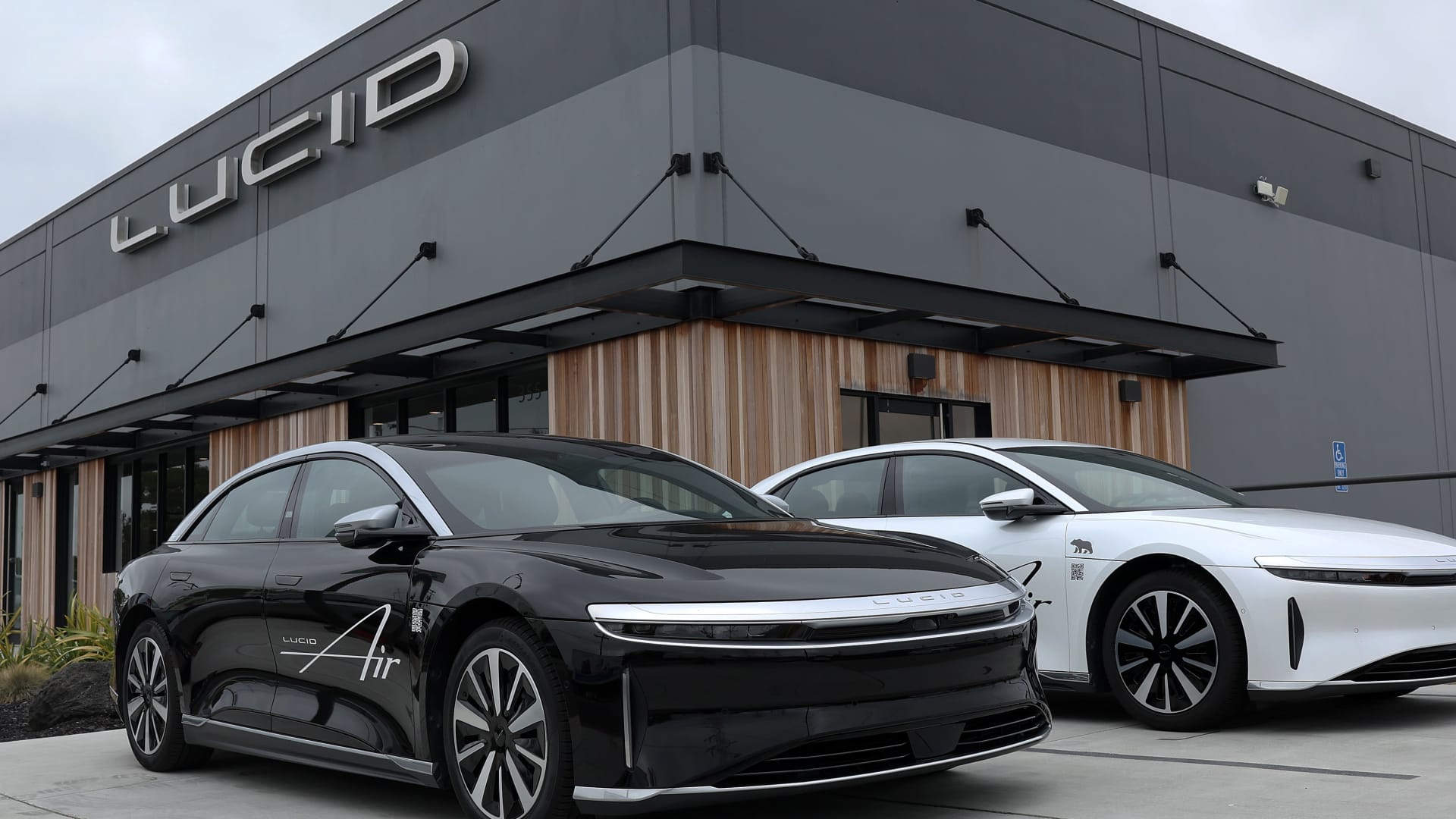Copyright Watts Up With That

By Duggan Flanakin With a strong push from the Trump White House, the nuclear energy industry in the U.S. is, for the first time since Three Mile Island, bullish about its future. It’s about time, given that the average existing U.S. nuclear power plant was built based on 1980s technology. A major reason for the virtual standstill in nuclear energy development in the U.S. was the Nuclear Regulatory Commission’s near-maniacal effort to reassure a skittish public that they would not issue permits to any nuclear power plant that had the potential for public harm. The shot heard round the world signaling a change in U.S. nuclear energy policy was the summary firing of NRC Commissioner Christopher Hanson, whose divinity school background may have contributed to a perception he viewed his job as more a gatekeeper for regulatory control than a partner in building a U.S. nuclear future. As Senate Environment and Public Works Committee chair Shelley Moore Capito (R, WV) said, “For decades, the NRC took too long, cost too much, and did not have a predictable and efficient process to approve new licenses or modernize outdated regulations.” Newly installed NRC Chair David Wright has called the Trump directives not “just regulatory reform” but a “cultural transformation that positions the NRC to be a forward-leaning, risk-informed regulator for the future.” The agency’s internal culture is being reshaped into a more efficient and modern agency without sacrificing public safety, Wright said. But it’s not just the NRC that is being transformed. Under presidents from Carter to Biden, nuclear was largely relegated to the closet as the primary focus was the media-driven “green energy” crusade. Wind and solar permits were issued without the cleanup requirements and prepayments mandatory for nuclear and fossil fuel facilities. Nuclear was deemed “dirty.” The first Trump term was so mangled by political infighting (both intra-party and cross-party) that any real nuclear energy agenda lay buried among the lawsuits. In the interim, however, artificial intelligence made giant leaps and the demand for electric power for fast-growing data centers was exploding. Wind and solar cannot be relied upon by entities dependent upon 24/7/365 power – and nuclear is still viewed as the “cleaner” option vis-à-vis natural gas. Even before Trump’s reelection, tech giants were busily signing nuclear energy deals to power their data centers. Last September the owner of the long-shuttered Three Mile Island Unit 1 nuclear power plant announced plans to restart operations in 2027, thanks to a 20-year power purchase agreement with Microsoft for a nearby AI data center. Last October Amazon and Google both announced they would be investing in small modular reactors for AI data centers. Two months later Meta said it planned to follow suit. The amazing thing is the uncertainty that the SMR manufacturers will be able to deliver as quickly and as affordably as the tech giants demand. The simple reason? They have no track record yet. But energy demand is so high that waiting is not an option. In the last few weeks, what was already a fast train picked up even more speed. On October 16 the U.S. Army unveiled its next-generation nuclear power Janus Program for the deployment of small modular reactors to support national defense installations and critical missions. Commercial microreactor manufacturers will partner with the Army’s Defense Innovation Unit with a goal of an operating reactor by September 30, 2028. On October 26, Hyundai Engineering & Construction announced a basic design contract with Fermi America to construct four large nuclear reactors on a 8.1-square-mile property outside Amarillo, Texas. The Hyundai-designed AP1000 nuclear reactors will generate 4 GW for the HyperGrid complex, the world’s largest integrated energy and AI campus. The 11-GW project also includes 2 GW from small modular reactors, 4 GW from gas combined cycle plants, and 1 GW from solar and battery storage systems. The integrated license application for the $500 billion project, the brainchild of former Energy Secretary Rick Perry and Fermi co-founder Toby Neugebauer, is currently under expedited review by the NRC. Meanwhile, Hyundai E&C is working on design tasks and preparations for the main construction phase, with finalization anticipated for an engineering, procurement, and construction (EPC) contract by spring 2026. On October 28, Westinghouse Electric Co. joined Cameco Corporation and Brookfield Asset Management in a new strategic partnership with the U.S. government to accelerate the deployment of nuclear power. The government has committed to construction of at least $80 billion of new reactors using Westinghouse’s nuclear reactor technology to reinvigorate the U.S. nuclear power industrial base. The government says this partnership will facilitate the growth and future of the U.S. nuclear power industry and the supporting supply chain. The entire project, which will deploy two-unit Westinghouse AP1000 reactors, is expected to create more than 100,000 construction jobs and support or sustain 45,000 manufacturing and engineering jobs across 43 states. These are only a sampling of the active and planned contracts for nuclear power plant construction that have sprung out of the unplowed ground with the change in philosophy at the NRC and the White House. All systems are brightly lit green – but obstacles remain in the road. Even with greatly shortened licensing timeframes, it will take time to complete site designs, obtain permits and licenses, and begin delivering much needed electricity to tech giants and other customers. Yet the biggest problem may be finding enough nuclear fuel at affordable prices to meet the mushrooming demand. One option, says Curio CEO Ed McGinnis, is recognizing that spent nuclear fuel (including that from nuclear weapons) can safely be turned into fresh usable nuclear fuel and valuable rare metals and materials (like rhodium, palladium, krypton-85, and americium-241). McGinnis, once a top nuclear energy official with the Department of Energy, says that only about 4% of the energy value has been used after five years of operation, and that fissioning uranium generates a plethora of other highly valuable isotopes that can be used for medical purposes, space exploration, and industrial processes. Curio’s dry electrochemical and pyro-processing system separatees isotopes and fission products and also separates metallic elements like uranium and plutonium – each of which can be used as reactor fuels – enough, says McGinnis, to produce up to a third of the U.S. nuclear uranium feedstock a year from one facility. To boot, reprocessing dramatically shortens the half-life. U.S. production of uranium oxide in 2024 jumped exponentially to 677,000 pounds from just 50,000 pounds in 2023, and exploration and development activities in 2023 were the highest in a decade. On a down note, anti-nuclear activists have been waging a campaign to shut down the White Mesa Mill in Utah that processes uranium ore – and in the U.S. today only about 5% of nuclear fuel has been processed domestically. The nuclear fuel conundrum is but one of the obstacles in the path of the massive U.S. nuclear power industry growth that is also a vital component of the growth of AI data centers and other emerging electricity-hungry technologies that are shaping our future. But all systems are go – and that is the giant step that had to be taken first. Duggan Flanakin is a senior policy analyst at the Committee For A Constructive Tomorrow who writes on a wide variety of public policy issues.



